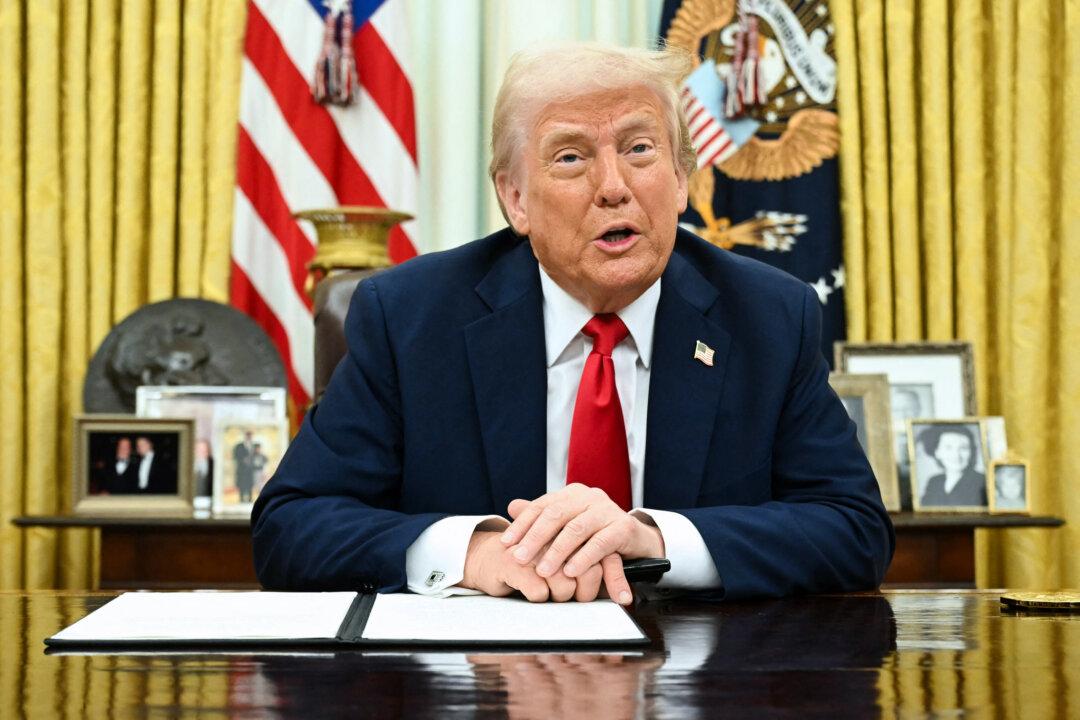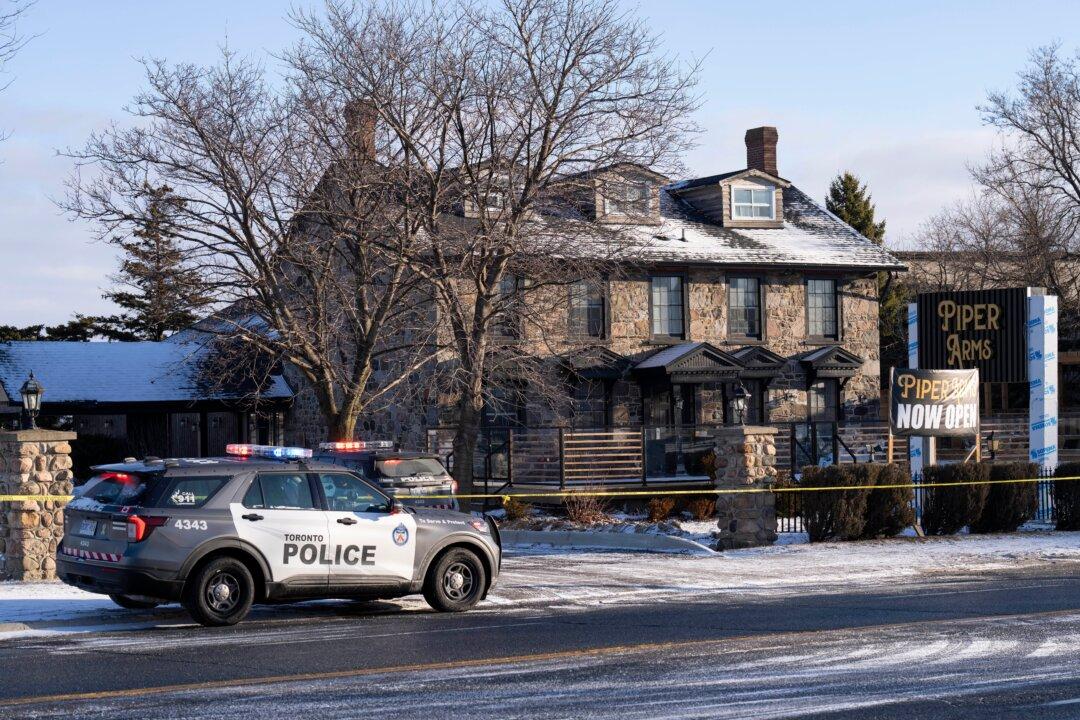Quebec Premier François Legault took a heavy tone on Ottawa’s management of immigration while Prime Minister Justin Trudeau stood next to him as the two held a press conference on Sept. 13.
The press event was about a joint announcement by the two leaders on investing in satellite technology in Montreal’s West Island.
Provincial premiers have been raising concerns about Ottawa’s plan to relocate asylum seekers from Ontario and Quebec.
Asked by reporters to comment, Trudeau said that a round table with provinces has been established to discuss the matter and noted that Ontario and Quebec, especially, have been doing more than their fair share.
“It’s a matter of equity” that other provinces do their part, said Trudeau. “These are ongoing conversations that we’re happy to have to ensure that people seeking asylum are supported in the right way,” he added.
Legault spoke immediately after and criticized Ottawa’s approach so far. Legault said he’s asking Trudeau to quickly halve the number of temporary residents in Quebec.
“We’ve been discussing for six months, there’s no results,” he said. “When I see the discussions with the other provinces, it seems to go nowhere.”
Legault has been putting pressure on Ottawa for some time to address the increasing number of asylum seekers landing in Quebec.
The Quebec premier said the number of temporary immigrants in the province jumped from 300,000 to 600,000 in two years, with 200,000 being asylum seekers.
Other Premiers
Other premiers are becoming more vocal as well as they say they are being asked to accept more asylum seekers.“This is an increase of more than 10 times our current level of asylum seekers,” he said, adding this would overstretch services, and that the province hasn’t been offered any financial assistance to take in the asylum seekers.
Federal Immigration Minister Marc Miller reacted to Higgs, saying under “no circumstances will we be doing this without compensation or without consent from the provinces.”
His department has been working on a plan to relocate the bulk of asylum seekers located in Ontario and Quebec, based on the population weight of provinces.

Alberta Premier Danielle Smith also came out against Ottawa’s relocation plan.
“That’s like adding two new Red Deer size cities in just one year,” she said.
Nova Scotia Premier Tim Houston is also pushing back on the idea, saying he opposes the federal government sending 6,000 asylum seekers to his province.
“We have communicated to Prime Minister Justin Trudeau’s cabinet that any attempt to ship asylum seekers to Nova Scotia will be challenged,” his office said in a media statement on Sept. 13.
“Let us focus on our ... plan that is attracting the professionals, like doctors and nurses, our province needs,” the premier said.
B.C. Premier David Eby has been critical as well, calling the federal government’s plan “daft.”
Public Discussion
Discussing immigration was once taboo in Canadian politics, but it has become an increasingly hot issue over the last year amid a housing crunch and pressure on services.
Minister Miller was asked last year, after taking over the immigration portfolio in a cabinet shuffle, whether he would consider reducing immigration levels.
In January of this year, Miller said he would look into putting a cap on international students, calling the volume at the time “disconcerting.”
And in August, Miller said he sees immigration as being “a top issue, if not the top issue, in the next election.”
Public attitudes toward immigration have soured, with a Léger poll in July showing 60 percent of respondents believe immigration levels are too high.







